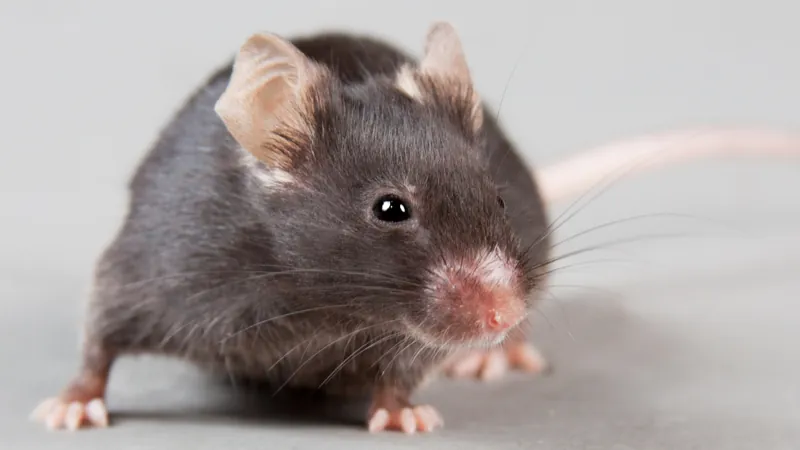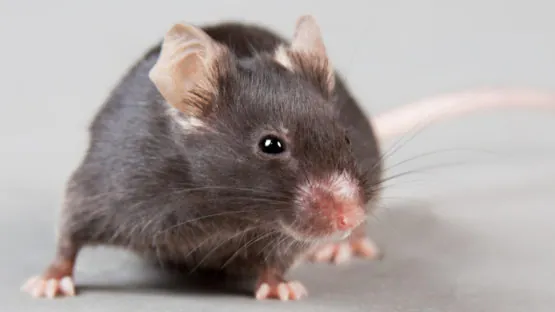Researchers at the Sinclair Lab at Harvard Medical School have restored lost vision to old mice, and mice with damaged retinal nerves, using partial cellular reprogramming. The aged cells can be reset to become younger again using this approach and are better at repairing damaged tissue.
The approach has huge potential in the treatment of age-related diseases, as it directly addresses and resets epigenetic alterations, one of the primary reasons we age.

Read More
The groundbreaking study, published in the journal Nature, is an important milestone on the path to translating the approach to humans and shows that it is possible to boost tissue regeneration in aged mammals making them more youthful.
Study co-author, Dr. David Sinclair, said in an article in Nature, “We set out with a question: if epigenetic changes are a driver of ageing, can you reset the epigenome?”, or, in other words, “Can you reverse the clock?”
This research builds on the previous research of Juan Carlos Izpisua Belmonte, who showed that it was possible to use partial reprogramming to reset cellular aging in mice back in 2016 [1]. Prior to this, it had been shown that cells could be reset this way in a petri dish, but it was a world first to show that it was possible to do the same in living animals.
The key to resetting the age of the cells is in triggering four genes to express the reprogramming factors Oct3/4, Sox2, Klf4 and c-Myc (OSKM), also known as Yamanaka factors. These factors are the basis of the well-known method of creating induced pluripotent stem cells (iPSCs), except unlike iPSCs, which are exposed to the reprogramming factors for a much longer time, these cells are only exposed for a transient period. This has the effect of resetting the functional age of a cell without it losing its identity and becoming fully reprogrammed as iPSCs are.
At the Sinclair Lab, researcher Yuancheng Lu was looking for a safer way to rejuvenate aged cells, as there were some concerns about using c-Myc, such as its propensity to induce cancer in certain circumstances. To reduce that risk, the researchers opted to remove c-Myc and used OSK only.
These three genes were placed into a viral vector and delivered to the target cells; the viral package also included a genetic switch that would allow OSK expression to be turned on when the mice were exposed to doxycycline, a common veterinary antibiotic, in their drinking water. In this manner, the researchers were able to turn the target genes on and off without stressing the mice, allowing them to reprogram the cells just long enough to reset their age.
The researchers chose to focus on the retinal nerves of the eye for this study. First, they injected the viral vector into the eye to find out if OSK would regenerate damaged nerves. Sure enough, expressing OSK in mice that had damaged eye nerves saw the tissue rejuvenate and repair itself. The team went on to show that vision was improved in mice with age-related vision impairment and in mice that experienced increased eye pressure, an emulation of glaucoma.
Finally, the approach was confirmed to have reset the epigenetic profile of aged cells back to a more youthful state in both mouse and human cells grown in the lab. The researchers are now exploring how aged cells retain an epigenetic memory of being young.
Ageing is a degenerative process that leads to tissue dysfunction and death. A proposed cause of ageing is the accumulation of epigenetic noise that disrupts gene expression patterns, leading to decreases in tissue function and regenerative capacity. Changes to DNA methylation patterns over time form the basis of ageing clocks, but whether older individuals retain the information needed to restore these patterns—and, if so, whether this could improve tissue function—is not known. Over time, the central nervous system (CNS) loses function and regenerative capacity. Using the eye as a model CNS tissue, here we show that ectopic expression of Oct4 (also known as Pou5f1), Sox2 and Klf4 genes (OSK) in mouse retinal ganglion cells restores youthful DNA methylation patterns and transcriptomes, promotes axon regeneration after injury, and reverses vision loss in a mouse model of glaucoma and in aged mice. The beneficial effects of OSK-induced reprogramming in axon regeneration and vision require the DNA demethylases TET1 and TET2. These data indicate that mammalian tissues retain a record of youthful epigenetic information—encoded in part by DNA methylation—that can be accessed to improve tissue function and promote regeneration in vivo.
Conclusion
This is another solid step forward on the road to translating partial cellular reprogramming to humans. Harvard has licensed the technology to Life Biosciences, a group of companies working on solving aging, which includes Dr. Sinclair on its scientific team.
While a cutting-edge approach like this is probably at least a decade away before reaching human trials, enthusiasm for partial cellular reprogramming is growing rapidly. There are many companies engaged in the approach, and it should not be long now before studies looking at other tissues and organs are published. Hopefully, these positive results will be replicated by other organizations in other tissues in the near future.
If researchers are right and epigenetic alterations are indeed a primary reason we age, resetting those alterations in humans could have a profound effect on our health and aging. Of course, there is a long way to go, but this is another step closer.
Literature
[1] Ocampo, A., Reddy, P., Martinez-Redondo, P., Platero-Luengo, A., Hatanaka, F., Hishida, T., … & Araoka, T. (2016). In vivo amelioration of age-associated hallmarks by partial reprogramming. Cell, 167(7), 1719-1733.



